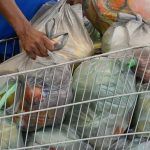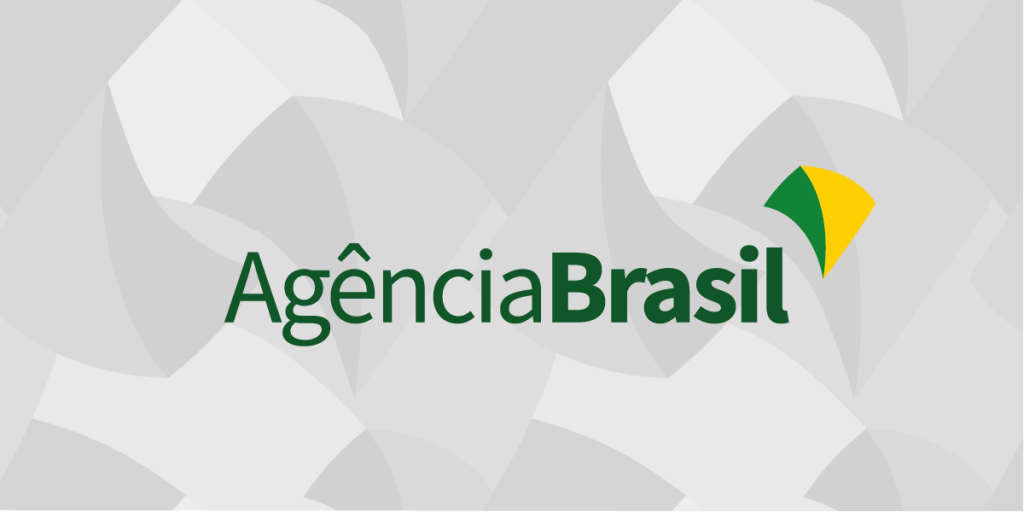Four decades after the historic national protest led by Saúl Ubaldini, days after the start of the Falklands War, different union leaders consulted by Télam Radio agreed that that massive mobilization – in which thousands of workers shouted at the military “Peace, Bread, Work, the dictatorship below” – marked the climax of a working-class resistance that had begun on the very day of the coup.
Some 15,000 people had gathered that day in Plaza de Mayo, in open defiance of a Military Junta that not only prohibited the concentration, but also deployed a strong repressive device, with a balance of 2,000 detainees. Evoking the protest, the general secretary of the Buenos Aires Graphic Federation, Hector Amichettidid not hesitate to maintain that it was a clear demonstration that “the dictatorship had no more rest” and began “to have the days numbered” beyond the “Malvinas blow”.
After recalling the first strike against the dictatorship in 1979 organized by the so-called “The 25” group, Amichetti stressed that those struggles “were growing as a result of the ravages that came from the hand of economic policy, deindustrialization, the opening imports, and other measures that deteriorated the sources of work and generated unemployment and loss of purchasing power of wages.
“The dictatorship had no more rest,” reiterated the graphic leader and referent of the Federal Workers Current (CTA).
For his part, the secretary general of the Argentine Federation of Brewers and Allied Workers (FATCA), Carlos Frigeriopraised the commitment of “dear comrade Saúl” (Ubaldini) and considered that that protest in the midst of the civic-military dictatorship “was really a break in his career as a union leader.”
“The march was the final kick of a dictatorial political attitude, which already came with previous demonstrations of the labor movement,” Frigerio told Télam Radio.
“The repression – he added – was violent, let’s not forget that we were hustling the ranch to the dictatorship”.
One of the referents of state workers in those years, Victor De Gennaroconsidered that the protest of March 30 materialized “a struggle that had been threaded since that national strike of April 27, 1979, where the resistance of the workers began to be nationalized, which was enlarged the following year with the march of San Cayetano , continued with the construction of the CGT Brasil and continued with the 1981 strike”.
“But it was March 30 – highlighted De Gennaro – where I clearly felt that the military dictatorship was over, that they were defeated.”
De Gennaro also recognized that the labor movement was “one of the two arms” along with that of human rights, “with the Grandmothers, the Mothers, the former disappeared detainees and Adolfo Pérez Esquivel receiving the Nobel Prize in 1980”, who were “able to unite and bring down that genocidal dictatorship”.
“Honor to Benedicto Ortiz, martyr of that day, and to all the martyrs who gave their lives during those years,” he concluded.
Technical sheet of the Télam Radio special “Peace, Bread and Work, the dictatorship below”
Production: Daniel Glancszpigel – Voices: Soledad Cyrulnik – Edition: Alejandro Sanz

















